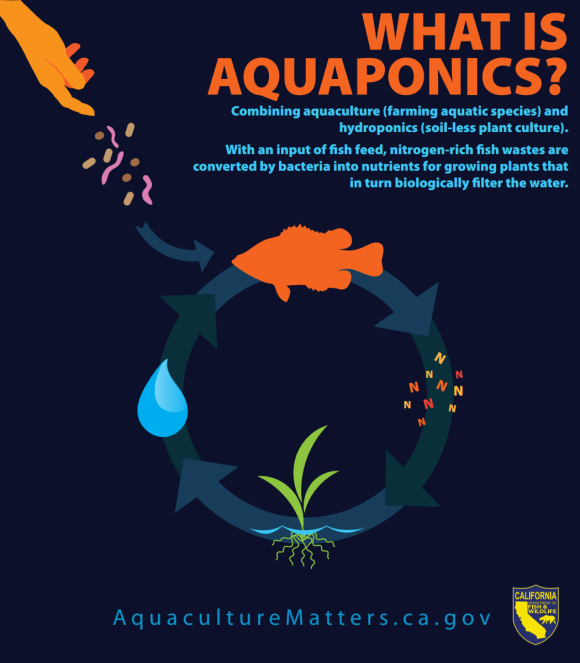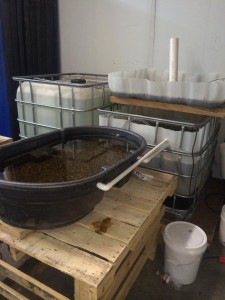Sowing Seeds in Winter
By David Kluesner
My family lives in Missouri. Three sisters, a mom and dad, and seven nieces and nephews. All in the Heartland. Several times a year I fly to St Louis, rent a car and drive the two hours south to my birthplace, Cape Girardeau. Same home that I was raised in. Rural and comforting.
The youngest of my nieces and nephews is Lauren. She’s a sophomore at Southeast Missouri State University. Still contemplating her professional career. A bright, talented young lady, with a great heart and a strong moral compass. One of the most pleasant persons I’ve ever been around. OK, I am a bit biased. But it’s true.
The Friday after President’s Day I stopped by my sister’s place in Sainte Genevieve on the way to Cape Girardeau. My niece happened to be at her mom’s place, doing homework on her laptop. Lauren asked me about my job. How work was going. Rather than give her a huge word salad to try to digest I asked her if she wanted to see one of my colleagues in action, working on an emergency response sampling project in upstate New York. I showed her photos and a video clip of Margaret Gregor, EPA On-Scene Coordinator, being interviewed earlier in the week by a local news crew. In MINUS FOUR DEGREE WEATHER! I was with Margaret, on President’s Day, assisting her with outreach to the press and local community members to inform them of our efforts to address groundwater and drinking water contamination in their community.
My niece lit up with interest and enthusiasm. Maybe it was the fact that my niece and Margaret kind of look like they could be sisters? Or that the interview showed her someone very dedicated and professional in the line of service to community, or both? My niece was all smiles, asking lots of questions. Intrigued perhaps by a career in environmental protection or government? As I drove off to Cape Girardeau and thought back, I wondered if I had sowed seeds of interest in the environmental field. Did a video and some photos show great government service in action a thousand times better than anything I could possibly say?
Did my grandmother know how much she changed me as a child when she held my hand and walked me through forests in Cape Girardeau and taught me about flowers, owls and trees. Did she know that she was sowing seeds of desire in me to one day help clean up rivers and protect the environment?
One never knows when that seed will sprout into something profound. Sometimes showing the work of people like Margaret Gregor doing her job is more powerful than any word salad. Let’s see what happens with Lauren!
About the author: David Kluesner heads up the Community Affairs program for EPA Region 2. David has previously served as a Community Involvement Coordinator on the Hudson River and Passaic River cleanups, and as a Superfund Remedial Project Manager out of EPA’s Atlanta office.




 especially private water well use and construction standards, as well as their experiences with water treatment processes and techniques for drinking water and wastewater. Unfortunately, they had a busy schedule and were sprinting over to the University of Kansas to meet with professors, before moving on to Tennessee to meet with staff from the U.S. Geological Survey.
especially private water well use and construction standards, as well as their experiences with water treatment processes and techniques for drinking water and wastewater. Unfortunately, they had a busy schedule and were sprinting over to the University of Kansas to meet with professors, before moving on to Tennessee to meet with staff from the U.S. Geological Survey.
 By Emily Nusz
By Emily Nusz
 nutrients from the fish into the tank containing the plants. Many aquaponic systems do not include a breeder tank, but for my research it was included.
nutrients from the fish into the tank containing the plants. Many aquaponic systems do not include a breeder tank, but for my research it was included.


 Each week we write about the science behind environmental protection.
Each week we write about the science behind environmental protection.  As a nation, let’s send a similar message with environmental protection. One can debate whether the roots of environmentalism can be traced back solely to the United States, since global movements nearly always have multiple origins. Yet history is clear that over the past several decades U.S. leadership has been central to the development of the environmental protection laws and practices that exist today around the world.
As a nation, let’s send a similar message with environmental protection. One can debate whether the roots of environmentalism can be traced back solely to the United States, since global movements nearly always have multiple origins. Yet history is clear that over the past several decades U.S. leadership has been central to the development of the environmental protection laws and practices that exist today around the world.